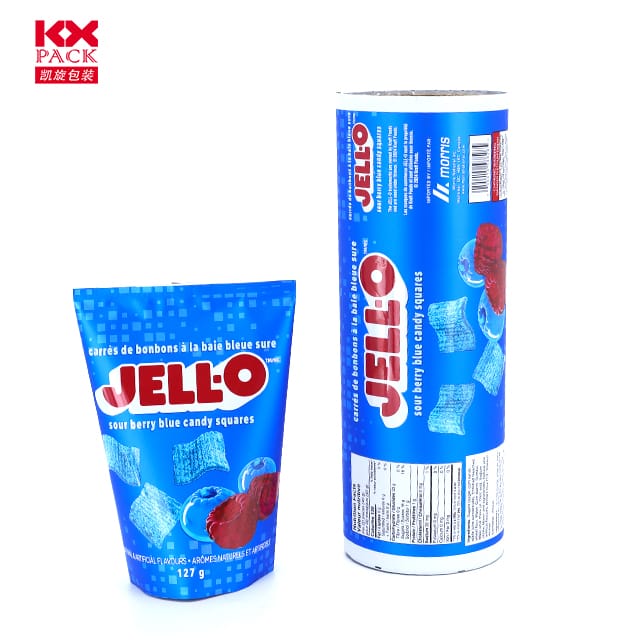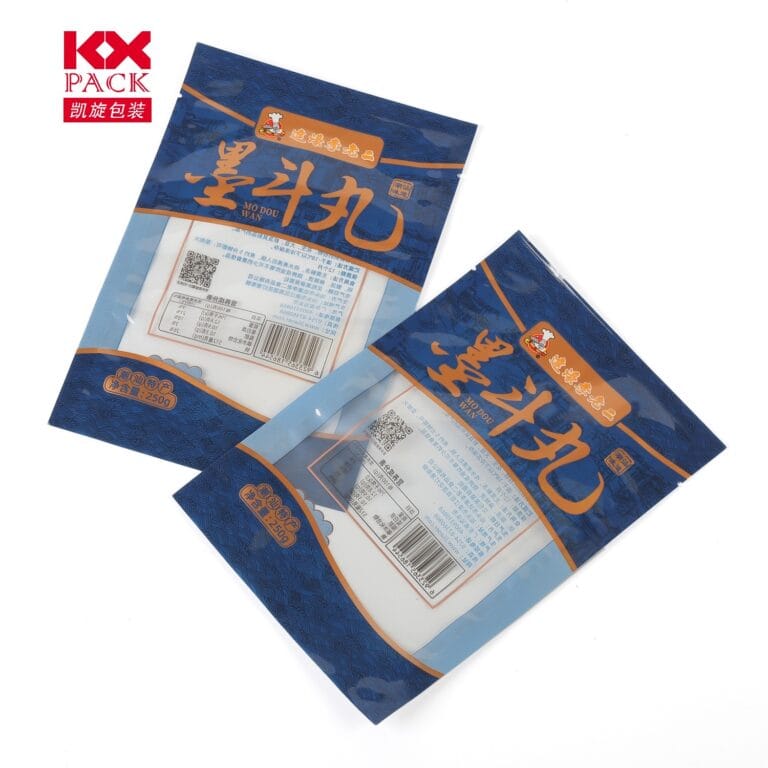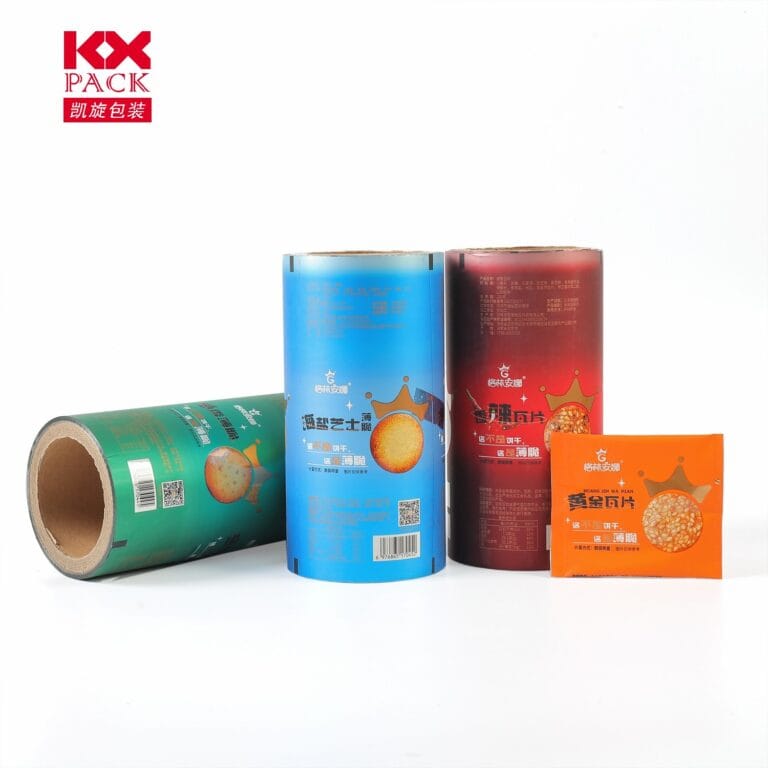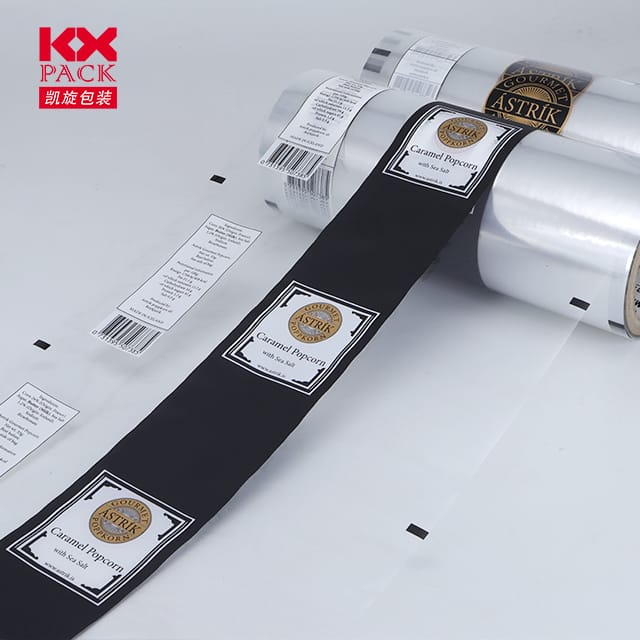ฟิล์มบรรจุภัณฑ์ที่พิมพ์ออกมา: การปฏิวัติด้วยภาพสร้างนิยามใหม่ให้กับผลิตภัณฑ์อุทธรณ์ 2025
ฟิล์มบรรจุภัณฑ์ที่พิมพ์ออกมา
In the crowded aisles of modern retail, ที่ผู้บริโภคตัดสินใจซื้อในเสี้ยววินาที, บทบาทของบรรจุภัณฑ์ได้พัฒนาจากการปกป้องไปสู่เครื่องมือสร้างแบรนด์เชิงกลยุทธ์. ท่ามกลางนวัตกรรมที่ผลักดันการเปลี่ยนแปลงนี้, ฟิล์มบรรจุภัณฑ์ที่พิมพ์ออกมา stands out as a game-changer, ผสมผสานฟังก์ชันการทำงานกับการเล่าเรื่องด้วยภาพเพื่อสร้างประสบการณ์ผู้บริโภคที่น่าจดจำ.
Why Printed Packaging Film? The Branding Imperative
ฟิล์มบรรจุภัณฑ์ที่พิมพ์ออกมา are no longer just about wrapping products—they are dynamic canvases for brand identity. Unlike transparent films, which rely on external labels, printed films integrate logos, color schemes, nutritional data, and even augmented reality (อาร์) triggers directly into the packaging. This seamless integration ensures:
- Instant Recognition: Bold graphics and consistent branding across product lines enhance shelf visibility. ตัวอย่างเช่น, a snack brand using high-resolution digital printing on its multi-layer film can display vibrant product images and QR codes linking to recipe videos.
- การปฏิบัติตามกฎระเบียบ: Critical information like ingredients, usage instructions, and safety warnings are permanently embedded, reducing the risk of mislabeling. This is particularly vital for industries like cosmetics, where regulatory demands for clarity are stringent.
- Sustainability Messaging: As eco-consciousness rises, brands leverage printed films to highlight recyclability, biodegradability, or carbon footprint reductions, aligning with consumer values.
Technological Advancements: From Print to Pixel
ที่ ฟิล์มบรรจุภัณฑ์ที่พิมพ์ออกมา market is surging, projected to reach $179.18 พันล้านโดย 2034, driven by innovations in printing techniques and material science. Key trends include:
- Digital Printing Dominance: High-resolution digital printers enable cost-effective, short-run customization, allowing brands to launch limited-edition designs or regional campaigns without heavy tooling costs.
- การรวมบรรจุภัณฑ์อัจฉริยะ: Films now incorporate RFID tags, หมึกที่ไวต่ออุณหภูมิ, and AR layers. Imagine scanning a coffee pouch to view its origin story or receiving freshness alerts via a smartphone app.
- Advanced Material Composites: Multi-layer films combine barrier layers (เช่น, Evoh สำหรับความต้านทานออกซิเจน), heat-sealable coats, and recyclable substrates. เช่น, a BOPET (biaxially oriented polyethylene terephthalate) film with printed ink and a biodegradable adhesive layer offers both durability and sustainability.
Industry-Specific Applications
Printed films cater to diverse sectors, each with unique demands:
- อาหาร & เครื่องดื่ม: Grease-resistant films for chips, aroma-barrier layers for coffee, and fold-resistant designs for on-the-go snacks. A dairy brand might use a printed laminate with UV protection to extend shelf life while showcasing farm-fresh imagery.
- การดูแลส่วนตัว & เครื่องสำอาง: Tubes and pouches with metallic inks, embossed textures, and refillable packaging designs. Luxury skincare lines often opt for matte-finish films with holographic branding to convey premium appeal.
- ทางอุตสาหกรรม & Chemicals: Bundling films for firewood or cleaning supplies now feature printed safety warnings and handling instructions, reducing workplace accidents.
ความท้าทาย & Sustainability Trade-offs
แม้จะมีข้อได้เปรียบ, printed packaging film faces scrutiny over environmental impact. Traditional inks and laminates can complicate recycling, prompting innovations like:
- Water-Based Inks: Reducing VOC emissions and improving recyclability.
- Monomaterial Structures: Films made from a single polymer type (เช่น, PE-only) to simplify post-consumer recycling.
- สารเติมแต่งที่ย่อยสลายได้ทางชีวภาพ: Films incorporating plant-based compounds that break down under industrial composting conditions.
Brands must balance aesthetics with eco-responsibility. ตัวอย่างเช่น, a coffee roaster might switch from a printed PET/PE laminate to a recyclable mono-PE film with digital printing, sacrificing some barrier performance for circularity.
อนาคต: Interactive & Circular Packaging
มองไปข้างหน้า, printed films will become even more intelligent and sustainable. Predictions include:
- Edible Inks: Printing branding directly onto edible films for confectionery or pharmaceuticals.
- Self-Healing Surfaces: Films that repair minor scratches to maintain visual appeal throughout the product lifecycle.
- Blockchain Integration: QR codes linked to blockchain platforms for transparent supply chain tracking.
บทสรุป: Packaging as a Brand Ambassador
Printed packaging film is no longer a passive layer—it’s an active participant in the consumer journey. By merging cutting-edge printing, material science, และความยั่งยืน, brands can transform packaging into a storytelling medium that drives loyalty and differentiation. As the market grows, the brands that master this art will lead the way in an increasingly competitive landscape.
พร้อมที่จะยกระดับบรรจุภัณฑ์ของคุณ? Explore how printed films can transform your product’s first impression—and last.
แหล่งกำเนิด: PennPac, Sollex, MarketsandMarkets, ScienceDirect







